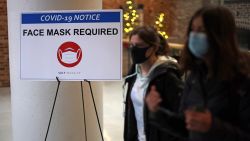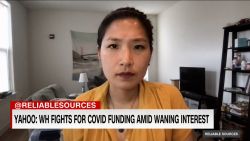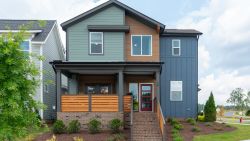When the pandemic hit, Lina and Challie Stillman found themselves working from their 600-square-foot, one-bedroom condo in Williamsburg, Brooklyn, with no end in sight. By April, the walls were closing in.
More from Success
To take the edge off of feeling cooped up, they took weekend drives to Connecticut and soon began looking at houses. In May, they bought a five-bedroom, 5,000-square-foot home with a pool in Brookfield, Connecticut, for $675,000, a lot less than it would cost to buy a bigger apartment in the Brooklyn neighborhood they still love.
“We needed to get out of the city for awhile,” said Lina Stillman. “It was a perfect storm. It was concerns about health, combined with low [mortgage] interest rates, combined with the fact that we are working from home and it was getting ugly. But I’m not leaving Brooklyn completely. That is impossible for me to do.”
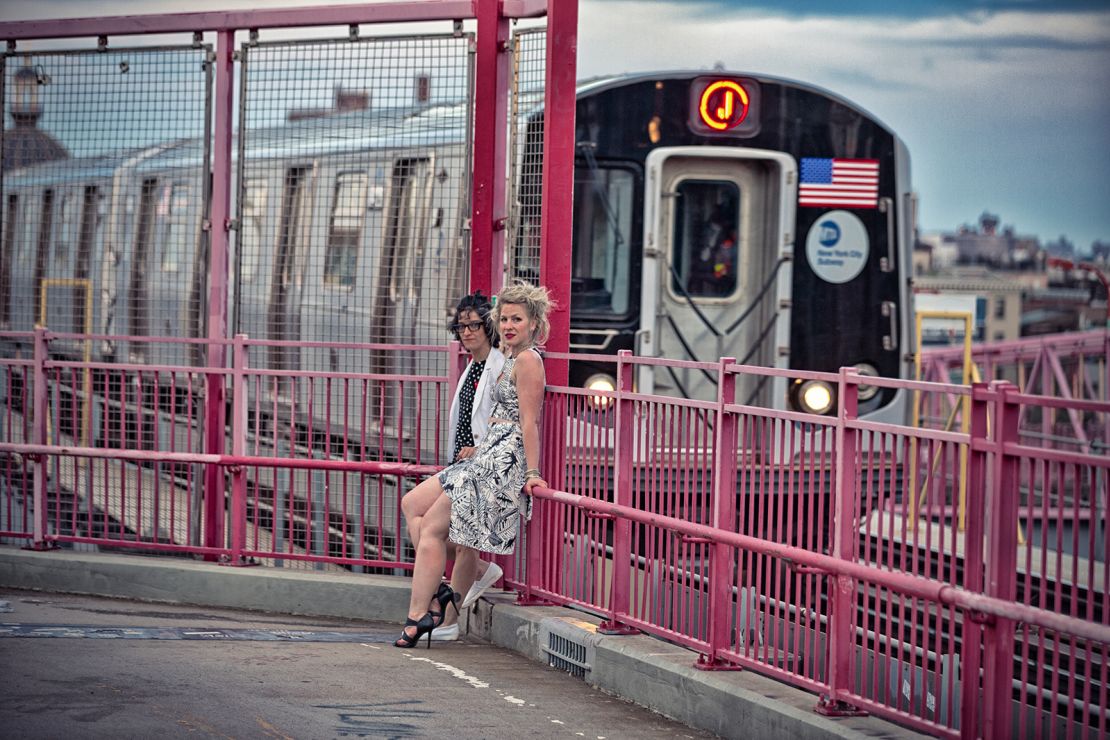
So they kept the apartment they own in Brooklyn and are considering renting it out short-term. The Connecticut home isn’t so much a weekend escape for them, she said, as it is an alternative full-time home.
“We thought it would make more sense to buy a little further out and have nature and more space and have the best of both worlds,” said Challie Stillman. And if they have to be in the city for work it is only an hour and a half away by train.
If real estate activity in second-home areas around New York are any indication, the Stillmans are not alone. The coronavirus pandemic has not only pushed apartment dwelling New Yorkers to seek more space and nature outside of the city, it has also untethered them from their downtown workplaces as companies embraced remote working. That has led to a phenomenon Jonathan Miller, a real estate appraiser and consultant, calls “co-primary” homes.
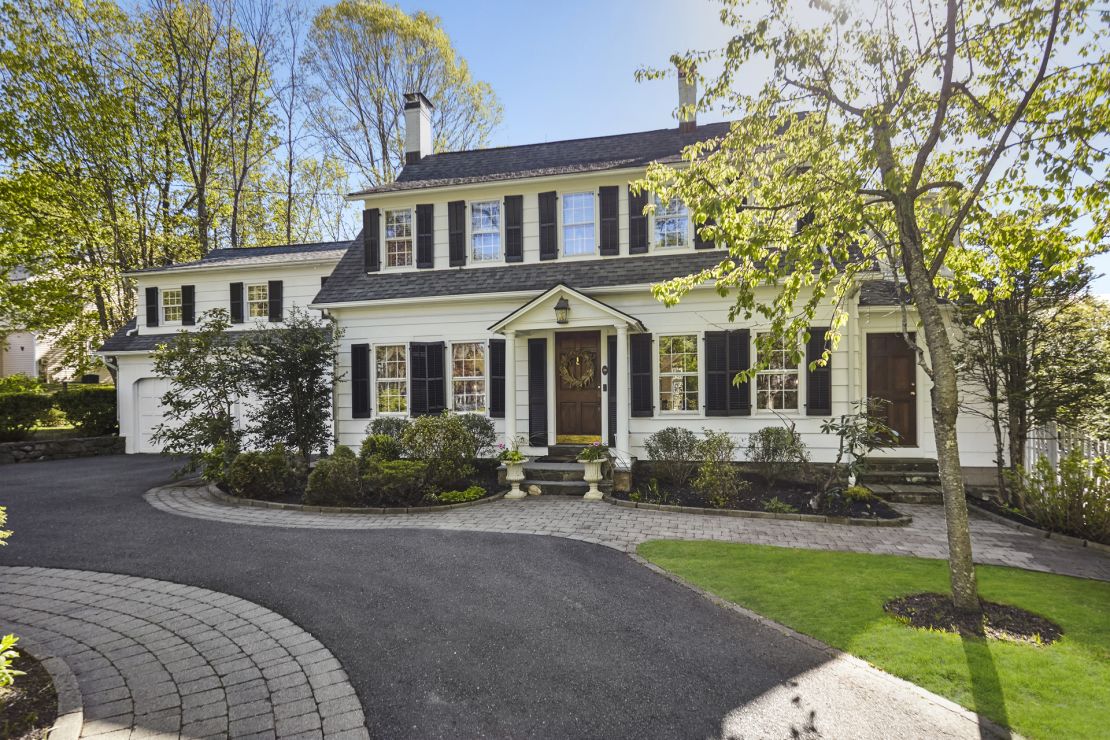
“For the affluent, instead of trading up in the city or getting a second seasonal home, it is an equal home,” said Miller. “This is changing the way the people think about a primary residence and we are seeing people lengthen the tether that connects work and home.”
The rise of ‘co-primary’ living
A home in Connecticut, the Hudson Valley or the Hamptons may typically be used as a vacation home, said Miller. But for the next year or so, many owners are living in their second home, while an apartment in the city could be used as a place to stay on the few days a month when they need to be in an office or meet clients.
“You move to the Hudson Valley and once every two weeks, you have a two-hour commute,” he said. “The rest of the time you’re commuting from your bedroom to your desk to the refrigerator.”
In New York City, signed contracts to purchase a condo in June were down 74% from last year, according to a report from brokerage firm Douglas Elliman and appraiser Miller Samuel.
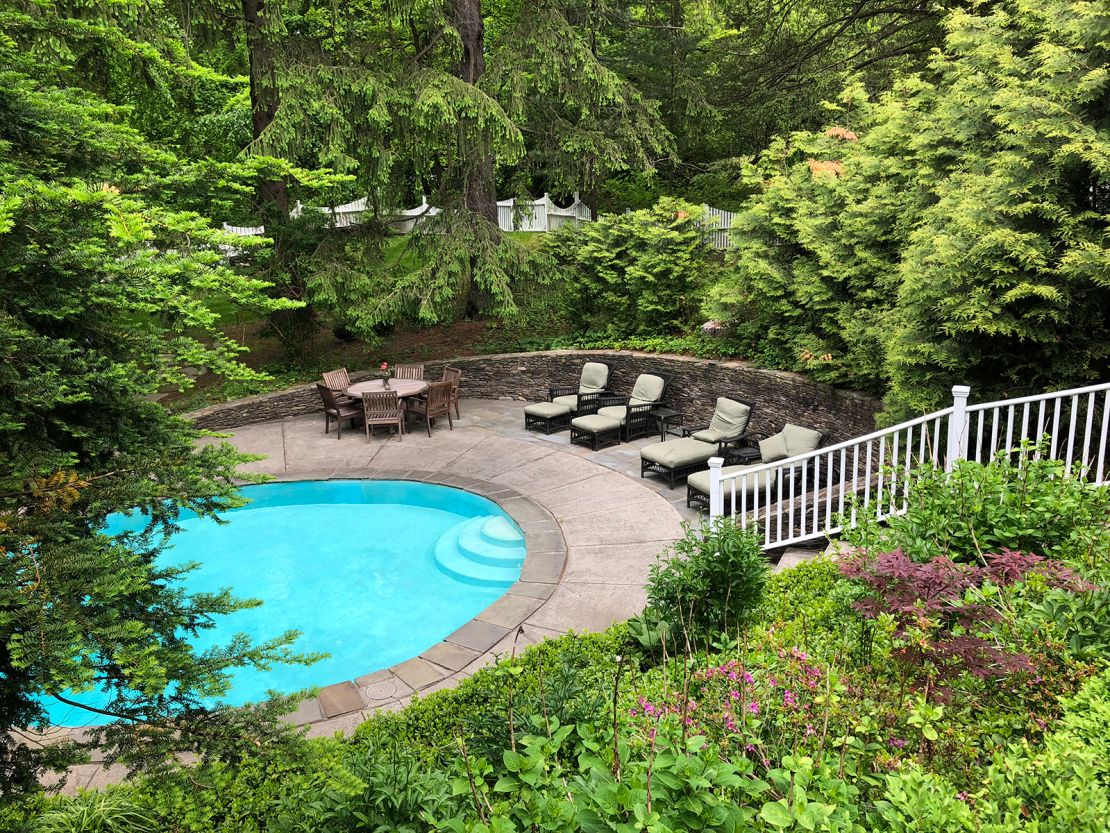
In the Hamptons, signed contracts were up 89% last month from the year before, according to the report.
For those who considered buying in the Hamptons, the pandemic has pushed them along, said Robert Nelson, executive managing director of sales for Brown Harris Stevens, making sales activity there brisk.
“Between $1 million to $2 million they can find a decent house here while in Manhattan that’s a two bedroom apartment,” said Nelson.
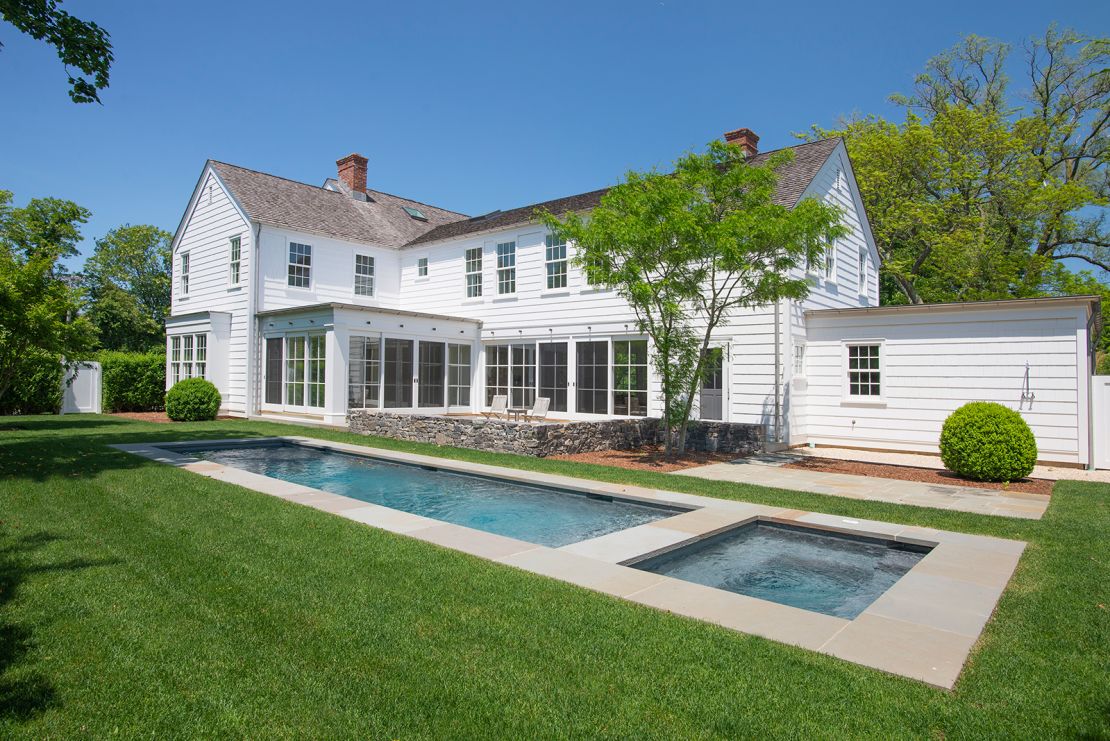
Previously, buyers were mostly looking at homes as an investment, now more than before the priority is on buying a home they can use immediately.
Rentals have been difficult to come by because of an increase in demand, said Nelson, but also because regular renters have opted to actually use their homes this year.
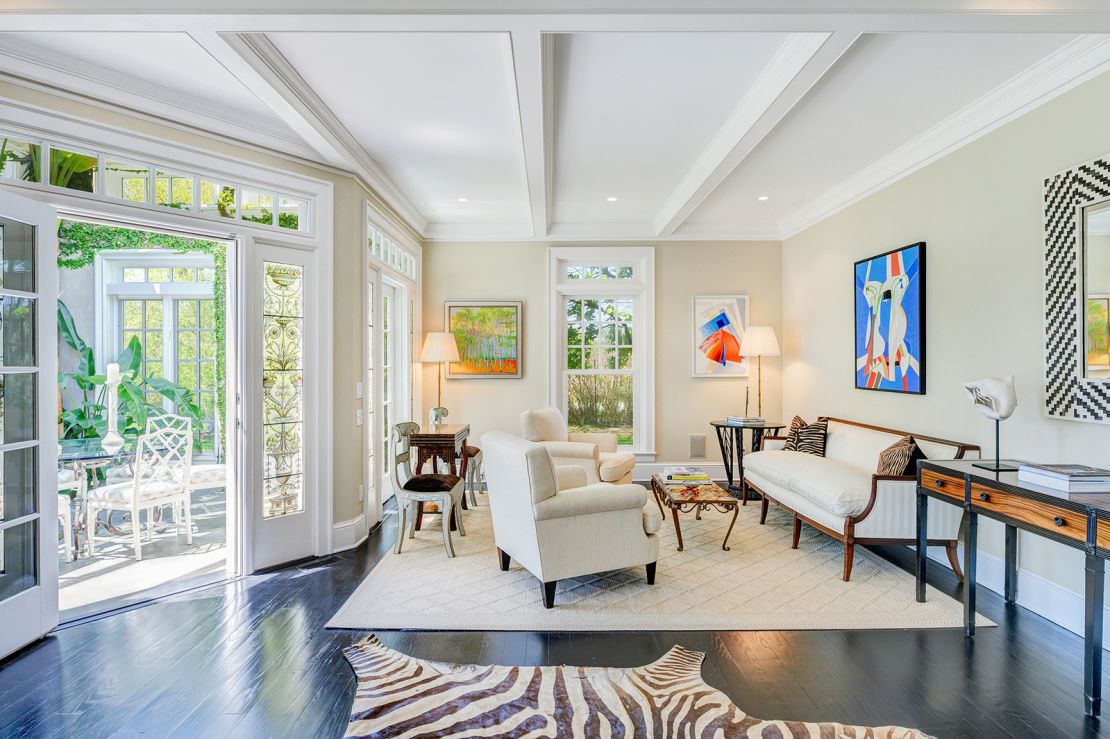
That has pushed some renters into buying for themselves, said Nelson. “They don’t want to be at the whim of others trying to find a place.”
The rush to buy
Connie Strait, who has sold Connecticut real estate for 40 years, said she’s never seen such a rush of out-of-state buyers as she has over the past two months. She says her business tripled and she isn’t able to help all the people calling to look at homes.
Her buyers are coming from New York, and they have money. One morning she had three calls about a million-dollar waterfront property. “That never happened to me before.”
This has made the market more competitive for the local families she is working with.
“You pull into a driveway, there are three out-of-state cars,” she said. “They get defeated and know from the looks of it that home will go quickly over asking price.”
The inventory has been slowly coming back to market, she said, but there have been three times as many homes going into contract. This is leading to multiple offers on many homes, she said, with some buyers immediately bidding over the asking price and some waiving a building inspection to appeal to a seller.
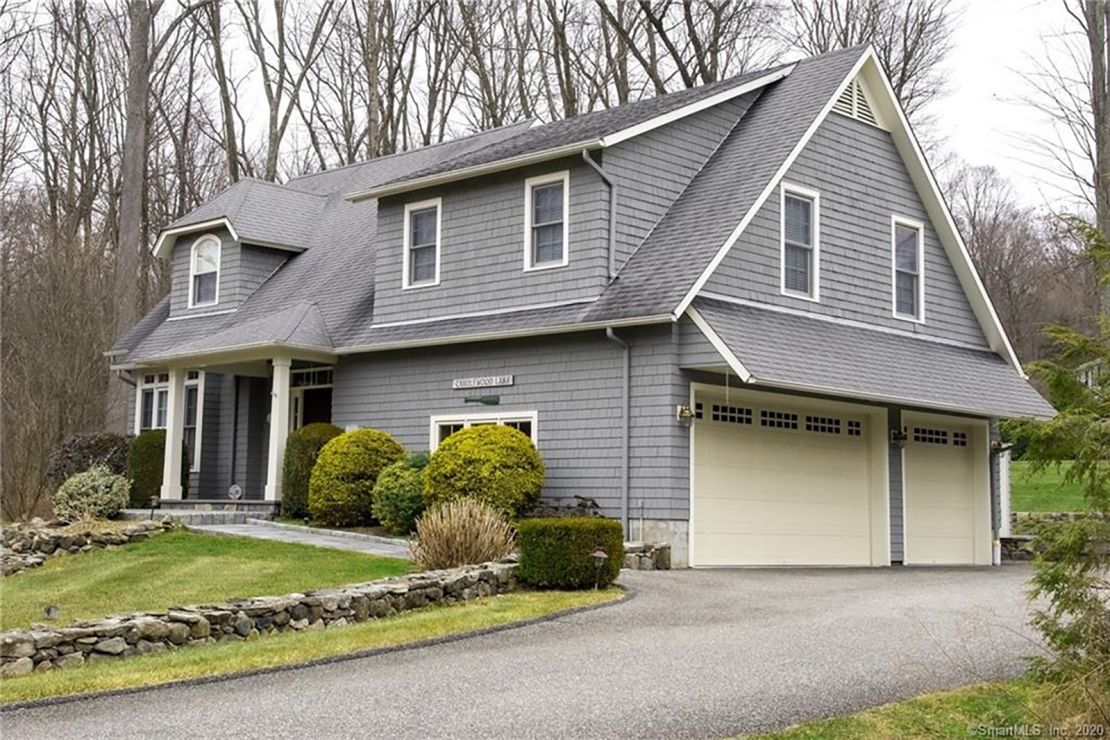
The buyers are looking for similar things, said Strait, a home office where they can shut the door behind them, and a yard so they can be outside. “Anything with a pool goes immediately.”
What remains to be seen, said Miller, is how long this effect will last. Most companies are not announcing employees can work from home for the 5- to 10-year timeline around which most people make real estate decisions.
“Does the zeitgeist change the minute there is a vaccine?” said Miller. “Employers and employees saw the benefit of working remotely, but that doesn’t suggest it will be fully that way and there are plenty of careers that you need to do in person.”
What is clear now is that people will be staying in places like the Hamptons well past Labor Day, Nelson said.
“Seasons don’t matter much anymore and we’ve all learned how Zoom works,” he said.



